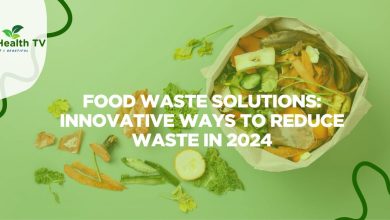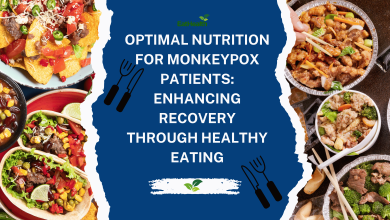Eating Green: Aligning Nutrition Choices with Nature
Embrace Sustainability: The Power of Green Eating for Health and Planet

Eating Green: Aligning Nutrition Choices with Nature
In recent years, there has been a growing awareness of the impact of food choices on both personal health and the environment. As concerns about climate change and sustainability continue to rise, many individuals are turning towards a “green” approach to eating – one that prioritizes foods that are not only nutritious but also environmentally friendly. In this comprehensive guide, we’ll explore the concept of eating green, its benefits for both individuals and the planet, and practical tips for incorporating sustainable nutrition choices into your daily life.
Understanding Eating Green
Eating green, also known as sustainable eating or eco-friendly eating, involves making food choices that minimize harm to the environment while promoting personal health and well-being. This approach to nutrition emphasizes the consumption of whole, plant-based foods that are locally sourced, organic, and minimally processed. By focusing on foods that are produced using sustainable farming practices, eating green aims to reduce greenhouse gas emissions, conserve natural resources, and support biodiversity.
Benefits of Eating Green
- Improved Health: Eating a diet rich in fruits, vegetables, whole grains, and plant-based proteins has been linked to numerous health benefits, including reduced risk of chronic diseases such as heart disease, diabetes, and certain cancers.
- Environmental Sustainability: By choosing foods that are grown and produced using sustainable farming methods, individuals can reduce their carbon footprint and minimize the environmental impact of their diet. Sustainable farming practices, such as organic farming and regenerative agriculture, promote soil health, conserve water, and protect biodiversity.
- Support for Local Economies: Eating green often involves purchasing food from local farmers and producers, which helps support local economies and small-scale agriculture. By buying locally grown produce and supporting farmers’ markets, consumers can reduce the distance food travels from farm to table, thereby reducing transportation emissions and promoting community resilience.
- Animal Welfare: Many eating green practices involve reducing or eliminating the consumption of animal products in favor of plant-based alternatives. This not only reduces the demand for factory-farmed meat and dairy but also promotes ethical treatment of animals and supports humane farming practices.
- Connection to Nature: Eating green encourages a deeper connection to the natural world by promoting awareness of where food comes from and how it is produced. By choosing foods that are in season and locally sourced, individuals can cultivate a greater appreciation for the rhythms of nature and the importance of sustainable food systems. Just as we know Green Living for Wellness: Environmental Impact on Health
Practical Tips for Eating Green
- Eat More Plant-Based Foods: Incorporate a variety of fruits, vegetables, legumes, nuts, and seeds into your diet to increase your intake of plant-based foods. Aim to fill half your plate with fruits and vegetables at each meal.
- Choose Organic When Possible: Opt for organic produce and products whenever possible to minimize exposure to pesticides, herbicides, and synthetic chemicals. Look for the USDA Organic label or buy from local farmers who follow organic farming practices.
- Support Local Farmers: Buy locally grown and seasonal produce from farmers’ markets, community-supported agriculture (CSA) programs, or farm-to-table restaurants. This not only reduces the carbon footprint of your food but also supports local farmers and promotes food security.
- Reduce Food Waste: Minimize food waste by planning meals, storing leftovers properly, and composting food scraps. Be mindful of portion sizes and use ingredients creatively to make the most of what you have.
- Limit Processed Foods: Cut back on highly processed foods and opt for whole, minimally processed foods whenever possible. Processed foods often require more resources to produce and contribute to environmental pollution and waste.
- Choose Sustainable Seafood: When consuming seafood, choose sustainably sourced options that are certified by organizations such as the Marine Stewardship Council (MSC) or Seafood Watch. Avoid species that are overfished or caught using destructive fishing methods.
- Reduce Meat and Dairy Consumption: Consider reducing your consumption of meat and dairy products or incorporating more plant-based alternatives into your diet. Plant-based proteins such as beans, lentils, tofu, and tempeh can provide ample nutrition while reducing the environmental impact of your diet.
Conclusion
Eating green is not only beneficial for personal health but also essential for preserving the health of the planet. By making conscious food choices that prioritize sustainability, individuals can support environmental conservation, promote ethical food production, and contribute to a healthier, more resilient food system for future generations. Whether you’re a seasoned environmentalist or just beginning to explore sustainable eating practices, incorporating more green foods into your diet is a simple yet powerful way to make a positive impact on both your health and the planet.




